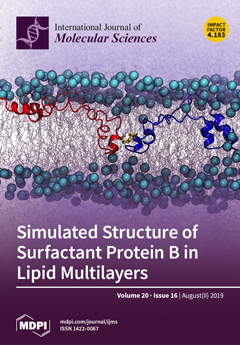Amomum villosum is an important medicinal and edible plant with several pharmacologically active volatile oils. However, identifying
A. villosum from
A. villosum var.
xanthioides and
A. longiligulare which exhibit similar morphological characteristics to
A. villosum, is difficult. The main goal of this
[...] Read more.
Amomum villosum is an important medicinal and edible plant with several pharmacologically active volatile oils. However, identifying
A. villosum from
A. villosum var.
xanthioides and
A. longiligulare which exhibit similar morphological characteristics to
A. villosum, is difficult. The main goal of this study, therefore, is to mine genetic resources and improve molecular methods that could be used to distinguish these species. A total of eight complete chloroplasts (cp) genomes of these
Amomum species which were collected from the main producing areas in China were determined to be 163,608–164,069 bp in size. All genomes displayed a typical quadripartite structure with a pair of inverted repeat (IR) regions (29,820–29,959 bp) that separated a large single copy (LSC) region (88,680–88,857 bp) from a small single copy (SSC) region (15,288–15,369 bp). Each genome encodes 113 different genes with 79 protein-coding genes, 30 tRNA genes, and four rRNA genes. More than 150 SSRs were identified in the entire cp genomes of these three species. The Sanger sequencing results based on 32
Amomum samples indicated that five highly divergent regions screened from cp genomes could not be used to distinguish
Amomum species. Phylogenetic analysis showed that the cp genomes could not only accurately identify
Amomum species, but also provide a solid foundation for the establishment of phylogenetic relationships of
Amomum species. The availability of cp genome resources and the comparative analysis is beneficial for species authentication and phylogenetic analysis in
Amomum.
Full article






